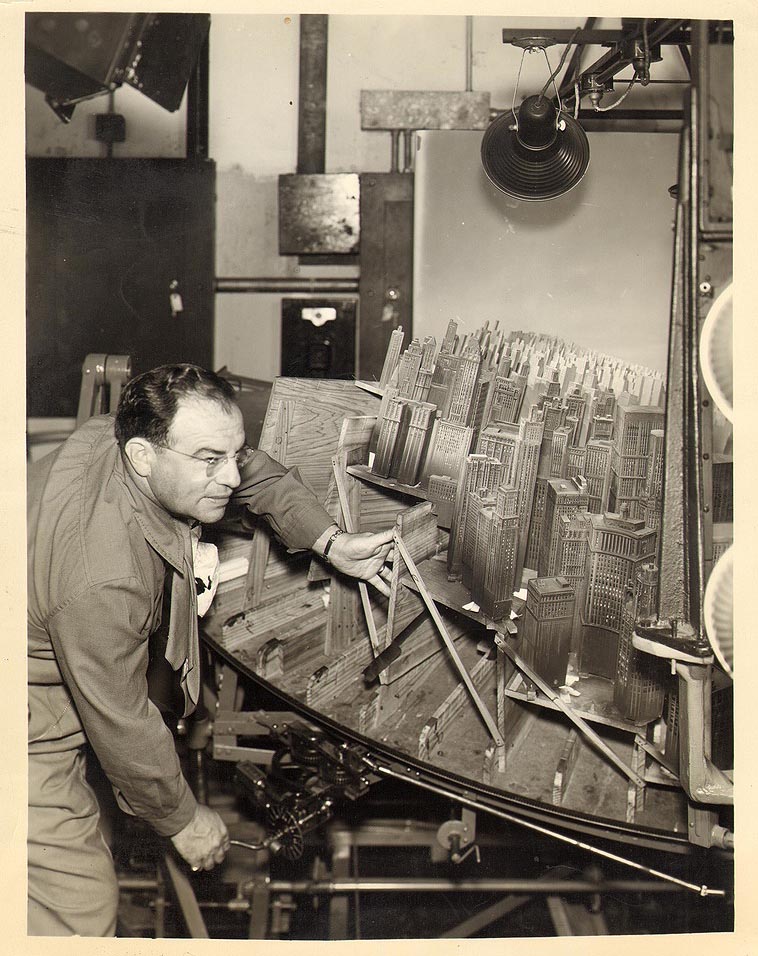Animation 1980's - Present Day
Animation has changed considerably over the last thirty years due to advances in technology and software that's been produced and is now made readily available for animators all over the world. This makes it easier for aspiring animators to experiment with their animations, it is also alot more affordable and accessible for people to create and release their own animations. Another aspect of the change in animation is attitude, cartoons share some common traits but ever since the success of the US television show The Simpsons, cartoons seem to involve adult themes for example Larry in one episode alludes to be a transvestite. There is overtones of adult humour in cartoons everywhere today and its not seen necessarily as a bad thing.
The Simpsons

The Simpsons are created through cell based animation but not in the classical sense cell based animation rendered through computers and software. According to The Simpsons' homepage the show is 'the longest-running scripted show in television history' The Simpsons was created by Matt Groening who first started out illustrating comic strips, perhaps his most famous being 'Life in Hell' these strips first featured in the Los Angeles Reader. James L Brooks a well known american producer was working on the semi-successful 'Tracey Ullman Show'. He decided he wanted short animations to feature before and after the commercial breaks on this particular show. Brooks asked Groening if he would pitch an idea for a series of animated shorts, originally Groening was going to use his Life In Hell series and expand that into moving animation but Groening knew he would require the publication rights to his Life in Hell series from the LA Reader. While Groening sat in Brooks' lobby, he formulated an idea for these animations to be centered around a dysfunctional family, this family would become The Simpsons. The Simpsons is known for its tongue in cheek humor parodying american society, films, music, politics, media, internet and religion. It was also voted the number one cartoon of all time by UK viewers in Channel 4's '100 greatest cartoons ever' poll. Since the shows launch in December of 1989 The Simpsons has broadcast a total of 510 episodes. The show has garnered controversy from broadcasting associations in other countries due to the stereotyping and at times "crude" humour that feature in the show. As a result other countries not as familiar with westernisation have sanctioned the show from being aired.
Ren and Stimpy

Kricfalusi had made an agreement with the board of directors that in exchange for some heartwarming episodes he could "make a few crazy ones". One Kricfalusi was dropped by Nickelodeon due to irreconsilable differences the instiution moved the show from Spümcø to Nickelodeon's newly found subsidiary Games Animation. The show ran for another three years but soonafter critics found the original flare that set the tone for the Ren and Stimpy Show had declined. The show's planned programming came to an end around christmas 1995.
Beavis and Butthead

Beavis and Butthead are two hand drawn slacker adolescent animated characters created by the chief animator/writer of the show Mike Judge (creator of 'King of The Hill' the longest running animated primetime programme third to 'South Park' and 'The Simpsons). Mike Judge is known for using his animations as a vehicle for his satirical criticism of society. The characters originated from a short movie Judge created in 1992 'Frog Baseball'. After producers from MTV seen the short they contacted Judge and asked if he'd be interested in creating a series for the institution. The characters live in the town of Highland Beavis and Butthead are two heavy metal loving juvenile idiots who are often bullied or embarressed by their counter-parts. Their cynical and immature lookout on life and looser lifestyles lead them to be bullied, disregarded and victims of their own stupidity. The show features music videos which both Beavis and Butthead criticize and often allude to the sexual, violent or lyrical content of the music videos they are seen to be watching. The show still maintains a cult following and is often used as an example of 'Generation X' comedy from the 1990s (Generation X the post WWII baby boom) it seems as though animation comedy for children and young adults has become more juvenile and almost annoying but one can see how the show would amuse people, the character flaws, the social commentary and the musical presence one can see how it would be amusing, the show largely appeals to a more alternative audience. The show was realeased in 1993 and continued to air till the late 1990s, Judge later produced a film around that time 'Beavis and Butthead do America'.



